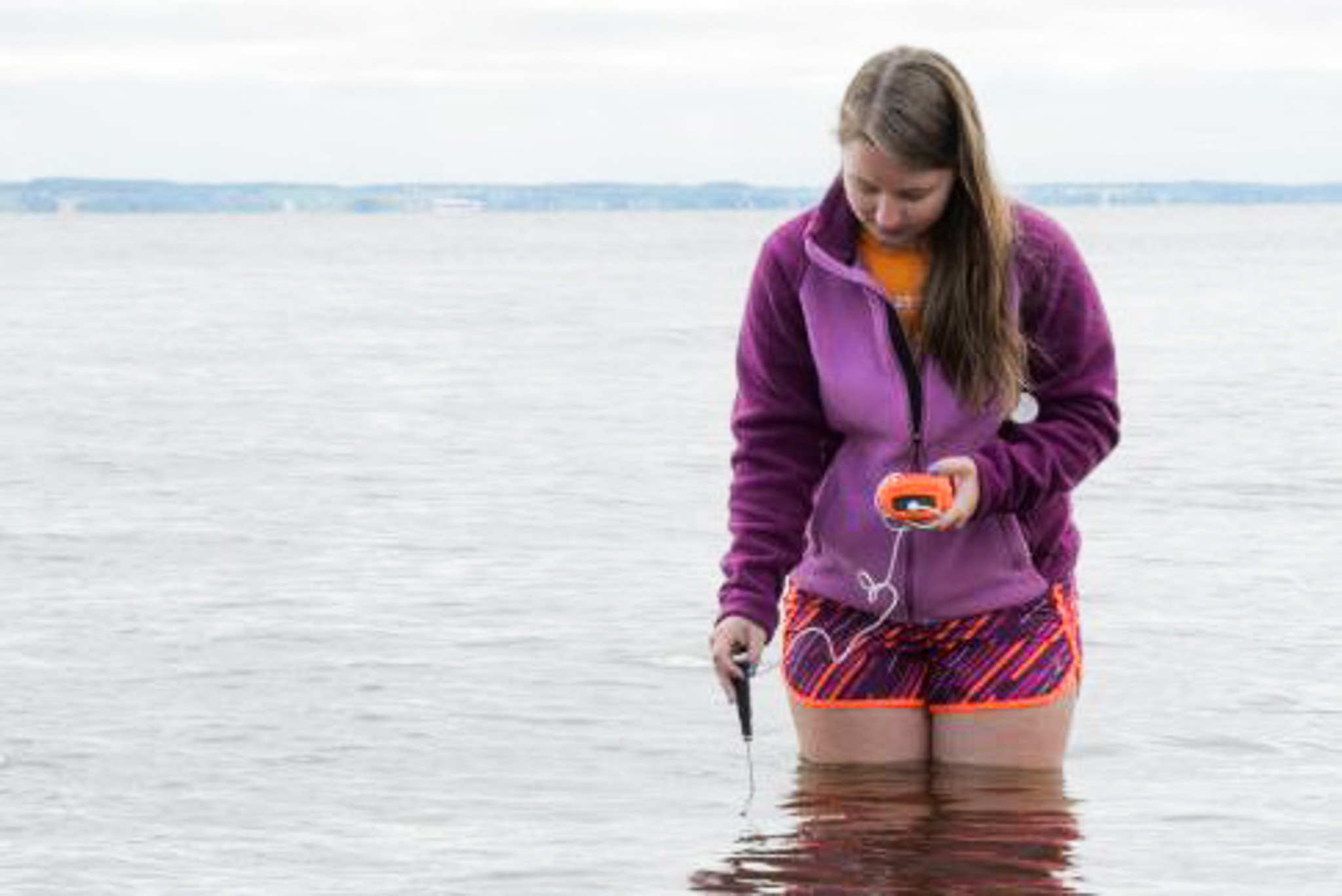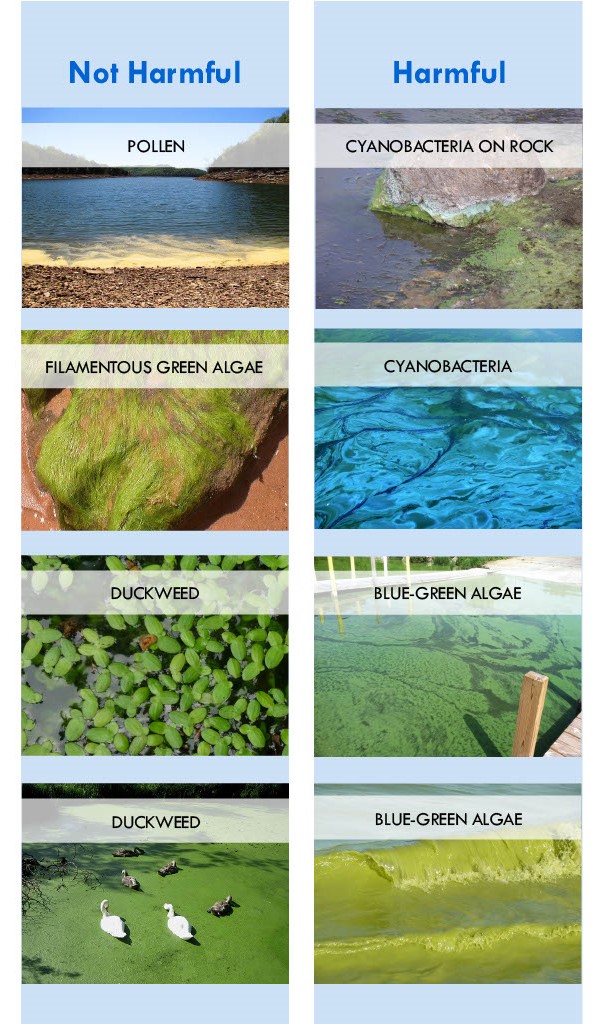Beach Lake Monitoring

Several locations throughout Lake Winnebago and the Fox River basin are tested weekly for the presence of E. coli bacteria throughout the swimming season from Memorial Day to Labor Day. Beaches may be open, under advisory, or closed based on the level of bacteria. If a water test is concerning, the beach will close for swimming until levels of E. coli bacteria go down. Guidelines are established by the U.S. Environmental Protection Agency.
Current Beach Status
All of our sampling sites participate in the Wisconsin DNR, Beach Health program. Up to date results are mapped using the DNR platform.
Before Swimming:
- Always look at the water around you before you get in. Conditions can change quickly, and a test result may not always reflect the current water quality.
- Avoid swimming after heavy rain because bacteria levels in the water may be high.
- Avoid contact with blue-green algae blooms. They may look blue-green, green, reddish-purple, or brown, and cause the water to be murky. (more information below)
- Do not swim or let your pet swim if signs say the water is closed for swimming due to blue-green algae blooms or high bacteria levels.
For more information on beach health safety, please visit the Wisconsin Department of Natural Resources website.
For an interactive map of local beach and lake conditions, visit https://dnr.wisconsin.gov/topic/Beaches/AdvisoryMap.html.
Winnebago County Public Health contracts with the University of Wisconsin-Oshkosh ERIC lab to collect and analyze water samples for E. coli bacteria.
Blue-Green Algae

What are cyanobacteria, or blue-green algae?
Blue-Green Algae/Cyanobacteria are aquatic organisms that are found as floating mats on the surface of lakes or ponds. There are health concerns associated with contact Blue Green Algae and the toxins produced by some species. Click here for photos.
Does the presence of an algae bloom always mean the water is contaminated?
No. Just as not all cyanobacteria have blooms that are visible, not all cyanobacteria produce harmful toxins. Between 30 and 50 percent of blooms are from non-toxic species of cyanobacteria.
What should I do if I see a bloom?
The safest thing to do is to treat every algal bloom as if it could be dangerous.
Guidance for people:
- When in doubt, stay out!
- Do not swim or wade through algal scums.
- Do not boat, water ski, or jet ski through algal blooms.
- Do not fish in lakes where algal scum is present.
- Always shower off with soap and water after swimming in a lake.
Guidance for pets:
- When in doubt, stay out!
- Do not let dogs drink lake water during an algal bloom.
- Do not let dogs eat algal scum, or lick it off their fur.
- Wash your dog off with clean water immediately if your dog swims or wades in water during an algal bloom.
What to do if exposed:
- Immediately shower off with fresh, clean water.
- Monitor for sudden signs of blue-green algae-related illness, such as: Vomiting, Diarrhea, Headache, Abdominal pain, Cough, Sore throat, Skin rash, or Blistering. Click here for additional health concerns related to blue-green algae.
- Seek medical care if symptoms occur or call the Wisconsin Poison Center at 800-222-1222 for advice. If pets become suddenly ill with signs of poisoning, bring them to a veterinarian immediately. If you are experiencing severe symptoms, seek medical attention immediately.
- If you get sick after swimming in a Wisconsin lake or river, please report it to the Wisconsin Department of Health Services by calling 608-266-1120 or completing the online form Harmful Algae Bloom (HAB) Illness or Sighting Survey, F-02152. This helps measure the problem and determine when sampling efforts need to be increased or water bodies need to be closed to the public.
Quick Links
- Flyer: Staying Safe and Healthy in Wisconsin's Lakes, What you need to know about blue-green algae
- Wisconsin Department of Health Services


